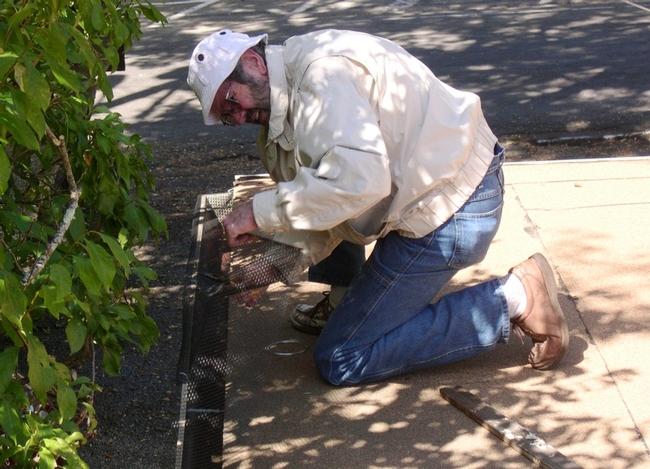Most people planning home improvement projects take into account how improvements will affect the home’s ability to withstand rain and weathering. In California we should also consider the threat of wildfire when planning home improvement projects this spring
Most homes that burn during wildfires are ignited by flying embers landing on combustible material on or near homes. A wildfire passes by a home quickly, usually in a few minutes, while the exposure to flying embers can last for an hour or more. Therefore, activities homeowners undertake to make their home less ignitable from embers do the most to ensure its survival.
The most important home upgrade homeowners can do to reduce wildfire risk is to replace wood shake roofs with Class A roofs. Single-paned windows should also be replaced with dual-pane windows (with at least one pane being tempered). Combustible siding can also be vulnerable, but replacing it with non-combustible siding is less important if you have done a good job of locating and maintaining vegetation near your home. Replacing combustible decks with noncombustible decking products will also reduce risk.
Even though these upgrades are expensive, they reduce the likelihood that you will experience the cost and trauma of losing a home in a wildfire. If you cannot afford to undertake these projects this year, there are less expensive projects you can take on to reduce wildfire risk. These center on maintaining your home in good condition by replacing worn boards , sealing cracks in locations where embers can enter the home, and protecting vulnerable areas with non-combustible materials and coverings.
Even if you have already upgraded your home to resist fire by installing a new roof, windows, or deck, it is important to maintain those home components in their proper condition so embers cannot gain entrance to the home. Creating defensible space by clearning flammable vegetation and debris is also crucial to reducing your wildfire risk. For more information on the performance of building materials in a wildfire, please see http://firecenter.berkeley.edu/ or www.extension.org/surviving_wildfire. For more on creation of defensible space, contact your local fire agency.
during a wildfire. Photo by Steve Quarles.
Suggested home maintenance projects to reduce wildfire risk
Roof:
- Plug roof openings: Install end-stops (bird-stops) at the edge of your roof if it has a gap between the roof and the sheathing (as with a clay barrel tile roof).
- Protect roof edges: Install metal angle flashing at the roof edge to protect the roof sheathing and fascia board, especially if there are gutters attached that can hold combustible pine needles. Even a Class A roof cannot protect the wood sheathing under it if the roof edge is unprotected.
- Protect roof eaves: “Box in” your open eaves with sheathing, such as a fiber cement soffit or higher grade plywood.
- Skylights: Particularly on steep or flat roofs, replace plastic skylights with skylights that use tempered glass in the outer pane.
Siding:
- Maintain siding: Fill gaps in siding and trim materials with a qood quality caulk help keep out embers. Replace warped or degraded siding.
Vents:
- Protect vents: Inspect the vents into your attic and crawl space. Make sure the screens are in good condition. Replace ¼ inch mesh screen with 1/8 inch mesh screening.
Decks:
- Maintain decks: Replace deck boards that are less than an inch thick with two inch thick boards. Remove combustible materials from under the deck.
- Protect combustible siding: Install metal flashing between a deck and combustible siding to protect it from accumulated debris that can ignite during ember attack.
- Remove flammable material from under decks: If your deck is made from wood or wood-plastic lumber decking, remove combustibles (firewood, lumber, etc.) from under the deck.
Fence:
- Replace gates: Replace combustible gates and sections of wooden fences within five feet of the house with noncombustible materials and components.
Garage:
- Adjust garage doors: Your garage door can be very “leaky” to embers. Since most people store combustibles in their garage, make sure your garage door is well sealed at the edges.